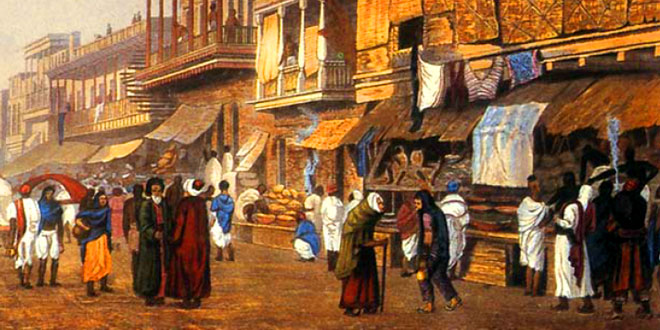Question: Mention all the six dance forms that are recognised as classical.
Answer: Six classical dances are:
- Kathak (North India)
- Bharatnatyam (Tamil Nadu)
- Kathakali (Kerala)
- Odissi (Orissa)
- Kuchipudi (Andhra Pradesh)
- Manipuri (Manipur)
Question: Mention the role of the Cheras in the development of Malayalam.
Answer: The Chera kingdom of Mahodayapuram was established in the ninth century in the south-western part of the peninsula, part of present-day Kerala. It is likely that Malayalam was spoken in this area. The rulers introduced the Malayalam language and script in their inscriptions.
Question: How did the Cheras draw upon Sanskritic traditions?
Answer: The temple theatre of Kerala borrowed stories from the Sanskrit epics. The first literary works in Malayalam, dated to about the 12t.h century, are directly indebted to Sanskrit. The Lilatilakam, a fourteenth century text, dealt with grammar and poetics and was composed in Manipravalam; literally, ‘diamonds and corals’ referring to the two languages namely Sanskrit and the regional language.
Question: Why did conquerors try to control the temple of Jagannatha at Puri?
Answer: The temple of Jagannatha at Puri gained importance as a centre of pilgrimage. Its authority in social and political matters also increased. Hence, conquerors tried to establish control over the temple. They felt that this would make their rule acceptable to the local people.
Question: Why did minstrels proclaim the achievements of heroes?
Answer: Minstrels used to recite poems and songs which depicted the stories of the Rajputs’ heroic deeds. By reciting such poems and songs these minstrels inspired others to follow the examples of Rajputs. Ordinary people were also attracted by these stories.
 Class Notes NCERT Solutions for CBSE Students
Class Notes NCERT Solutions for CBSE Students



Very bad I wanted explanation for this chapter